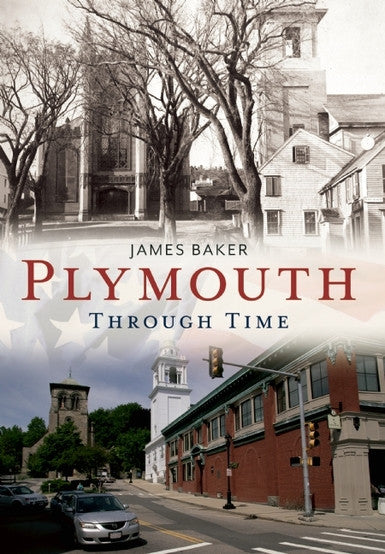By James Baker
Plymouth is known world-wide because of the Pilgrim story and its considerable significance for the history of the United States. Visitors have made their own pilgrimages to Plymouth for hundreds of years to "see where it all began", gaze at Plymouth Rock, and visit Pilgrim Hall and Plimoth Plantation. However, Plymouth isn't just the Pilgrims. It is a living community where residents still live on the site of the 1620 settlement as well as throughout the entire 103-square-mile township. The town evolved from a coastal fishing, farming and trading center to become a factory town attracting immigrants who followed the Pilgrims in a search for a better life, and has grown three-fold since 1950 to be a commuting and commercial community that hosts millions of visitors annually. Regrettably, images do not survive from the town's earliest history, but even photographs from the past century or so reveal a very different Plymouth - a Plymouth hard to imagine today. In Plymouth Then and Now, we focus on what has disappeared to compare that vanished landscape with the vibrant community of today.

